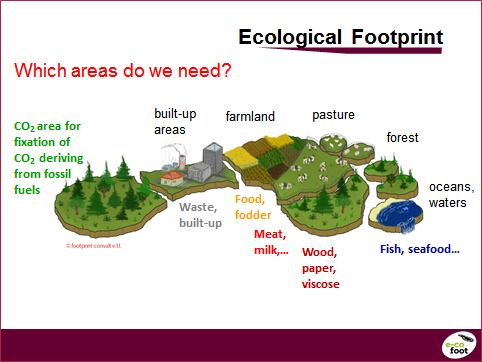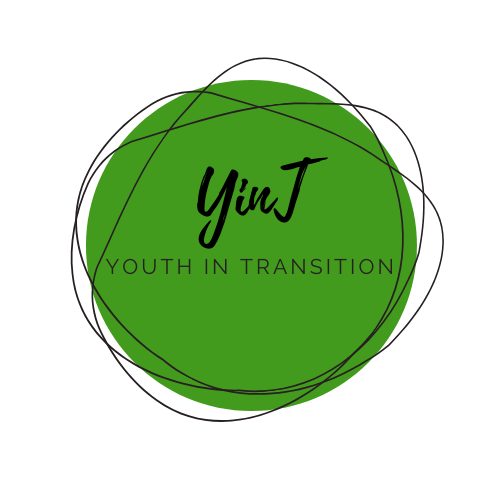5 Introduction to Ecological Dimension
“Only when people learn to control not nature but themselves will a sustainable, ecologically stable and globally fair world become conceivable” (Wolfgang Pekny, 2010).
We live far beyond our means: the loss of biodiversity or the greenhouse effect are dramatic, we are at a point where these effects are no longer reversible. We have to deal with the limits of our planet, because we cannot change them at will. Our connection with, as well as dependence on, ‘Mother Earth’ is explored in more detail in this chapter. The content is interconnected with other dimensions and aims at the socially motivated vision: A good life within a fair footprint, not at the expense of others, but with a fair share of Planet Earth, in peace with each other and in peace with nature.
This may comprise of:
- SUSTAINABLE LIFE: Social aspects of any issue of sustainability: What are the important aspects of our lives (youth’s lives)? How can we make and live this sustainably?
- DIMENSIONS: Internal and external dimensions of sustainability
- GET ACTIVE: Empowerment & Social inclusion.
How can we humans prevent ourselves from over-exploiting the natural supplies (e.g. wood, soil) on ‘Spaceship Earth’? How can we realise that we have already exceeded the ecological limits (e.g. by calculating our Personal Footprint and comparing it to the fair share)? Stepping over these limits happens quietly and unobtrusively. There is no big BOMM, like driving against a wall.
That's where the Ecological Footprint helps us. The Ecological Footprint shows us when we consume too much of our natural reserves. This can be done on an individual basis as a Personal Footprint vs. fair share or, on a global level: total Ecological Footprint vs. total Biocapacity of the planet.
The Ecological Footprint does an accounting for nature. Everything we need to live comes from nature and therefore we need area; e.g. the cotton for our clothes, our food, materials for our furniture and other utensils, roads and tracks that help us get around, or our waste that needs to be reused, recycled or deposited. The Ecological Footprint represents the sum of productive natural areas consumed in one year, regardless of where in the world these areas were claimed.
Which areas do we need?

How much area is available?
Approximately ¼ of earth's surface is productive = approximately 12 billion hectares.
Footprint Accounting
Calculation of the bioproductive area on earth: productive surfaces that are available on earth for us to use minus the area we actually use for our daily needs (e.g. farmland for food, forest land for paper). The result is the Ecological Footprint of mankind.
The Global Footprint Network calculated that only 1/4 of the world's surface is biologically productive: around 12 billion hectares. When we divide this area by the number of people living on Earth, we get the FAIR SHARE of 1.6 global hectares (gha) for each earth citizen.
An average European consumes approx. 3 times more than this fair share:
5 global hectares per year. Check your country: https://data.footprintnetwork.org
Background information on the Ecological Footprint:
www.overshootday.org/kids-and-teachers-corner /classroom-activities/
Note: It is possible to calculate the Ecological Footprint at different levels: for the entire world population, for countries, regions, products and also for people. For the latter, easy-to-use, personal Footprint calculators were developed.
Check your personal Footprint: http://www.footprintcalculator.org/home/en
Here you find the conclusion for average European lifestyle:
A reduction of the personal footprint often will be possible by taking small but conscious decisions in everyday life. By adhering to the following five points for Europeans a big step towards a sustainable lifestyle can be made:
Enjoy life With a smaller Footprint: more friends, family, time, fun,...
Act together To create a sustainable world that supports living on a small Footprint.
Reduce meat and animal products! Prefer seasonal, local plant based products, from organic farming
Travel by train, bike and bus. Don´t fly. Ride cars less, never alone, electric with green electricity.
Home green home With green energy, well insulated, smaller and with access to public transport
Changing your own lifestyle does not mean forgoing everything that is important to you.
Rather, it is about conscious actions in everyday life and contentment.
“It is never too little, that is enough” (Seneca).
Note to facilitators: The following activities (clustered under Theme A to Theme C) in the ecological dimension consist of a sequence of interrelated activities as described below and are best used as such in a workshop (or workshops), because each activity builds on the previous activity in respect to knowledge and insights. The activities can of course also be used stand alone, as long as sufficient context and prior knowledge and experience is present or is provided to the .


0 comments
Leave a comment
Please log in or register to post a comment